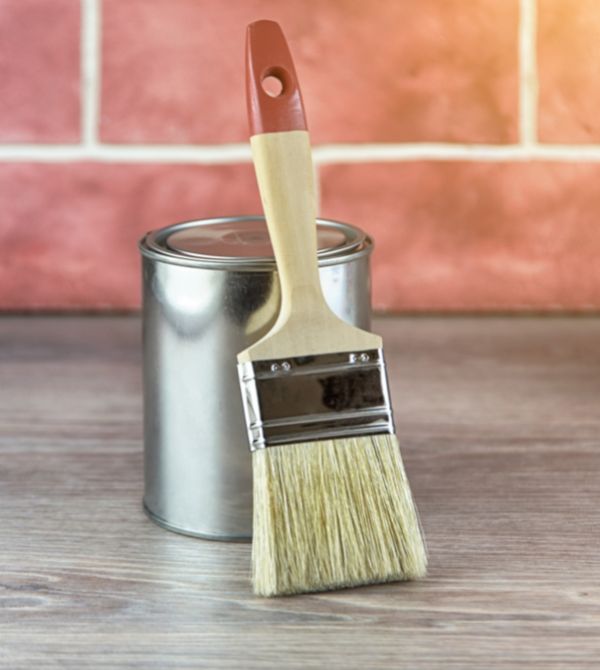Painting metal equipment is a creative way to protect and extend the lifespan of metal surfaces. However, it is important to follow certain steps for the paint to adhere properly and provide the desired protection. Here are five key steps to follow before painting metal equipment.
1. Clean the Surface
Before beginning metal painting in Palm Beach, cleaning the metal equipment’s surface is important. Dirt, grease, and other contaminants can prevent the paint from adhering properly, causing it to peel and flake off over time. Start by wiping the surface with a cloth dampened with water, then use a degreasing solvent to remove any remaining dirt and grease. This should leave the surface clean and ready for painting.
To ensure your surface is completely cleaned, use a clean cloth to wipe the surface with detergent. Once the metal equipment has been properly cleaned, you’ll be ready to move on.
2. Prep the Surface
Once the metal equipment has been cleaned, it’s time to prep the surface for painting. Begin by sanding the surface to remove any excess dirt or rust. This will help create a smooth surface better suited for paint adhesion. You should use a sanding block to ensure the surface is properly prepped. Working with a metal painting contractor to prep the surface is recommended.
As a final step in this process, use sandpaper to remove any imperfections or bumps that may be present in the metal equipment. You also want to ensure that any scratches or dents are filled before metal painting in Palm Beach.
3. Remove Loose Paint
Any paint that is peeling or chipping off should be removed before applying a new coat of paint. To do this, use a wire brush or putty knife to scrape off the paint gently. Be sure to wear protective gear and work in a well-ventilated area during this process. If this is not done, the existing paint can interfere with the adhesion of the new paint.
For stubborn areas, the metal painting contractor may need to use a chemical paint stripper to remove the existing paint. Make sure to follow the instructions on the product’s label to ensure safety. You should inspect the surface for any remaining paint pieces and remove them as needed.
4. Repair Any Damages
If there are any scratches or dents in the metal equipment, make sure to repair them before metal painting in Florida. You can use a putty knife or metal filler to fill any gaps or dents. Allow the repair material to dry completely before painting.
When repairing scratches and dents, use the same material used to paint the metal equipment, so they blend in properly. If you cannot find the same type of material, you can use a primer compatible with the paint you plan to use.
5. Prime the Surface
Primer is an important step in preparing metal equipment for metal painting in Florida. Primer helps seal the surface and ensure the paint will adhere correctly. When applying primer, use a brush or roller to ensure even coverage.
You should ensure the primer is completely dry before the commercial metal painting. If you use a spray-on primer, follow the manufacturer’s instructions carefully.
By following these five key steps before painting metal equipment, you can ensure that the paint adheres properly and provides the desired protection. Make sure to clean, prep, remove loose paint, repair damages, and prime the surface before getting started. Following these steps will help to prevent any problems or issues that may arise during commercial metal painting.
A-1 Tropic Painting & Waterproofing is a professional metal painting contractor in Palm Beach that can help you with the entire process. From cleaning and preparing the surface to applying sealants and primers, the team at A-1 Tropic Painting & Waterproofing has the experience and expertise to get the job done right.Contact A-1 Tropic Painting & Waterproofing today for more information on metal painting in Florida.

